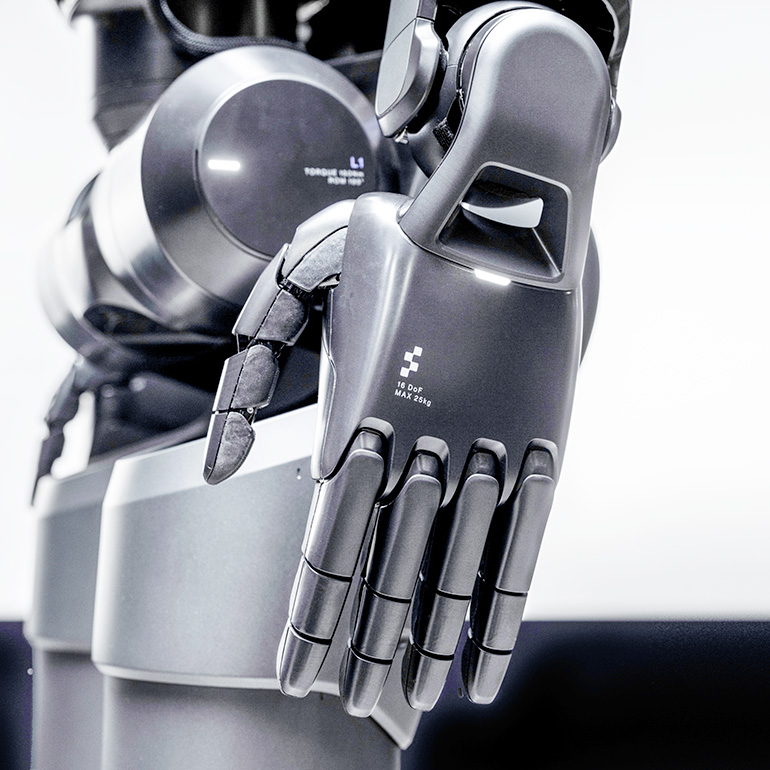|
Listen to this article |
BMW Group for the first time tested humanoid robots in production. During a two-week pilot at a plant in Spartanburg, South Carolina, the new Figure 02 humanoid from Figure AI successfully fitted sheet metal parts into precise fittings that were then assembled as part of a car chassis. This production process requires high dexterity.
The Figure 02 humanoid is designed for production and will be the first generation sold by the company. The initial markets for Figure humanoids will be manufacturing and logistics. Figure AI won a 2024 RBR50 Innovation Award for its rapid progress last year.
“The developments in the field of robotics are very promising. With an early test operation, we are now determining possible applications for humanoid robots in production. We want to accompany this technology from development to industrialization,” says Milan Nedeljković, Member of the Board of Management for Production at BMW AG.
During the pilot, BMW Group said it gained valuable knowledge of what requirements must be met to integrate multi-purpose robots into an existing production system. This includes how humanoids communicate with a production system under real conditions.
After this first test, BMW Group and Figure will collaborate on future applications and development of the robots. But to be clear, BMW Group said there currently are no Figure AI robots at the plant and there is no definite timetable for deploying them commercially.
Figure AI made news early in 2024 when it closed its Series B funding round. To date, the organization has secured $675 million in funding. Jamie Lee, an investor from Tamarack Global, discussed his enthusiasm for the potential of humanoid robots on The Robot Report Podcast. Lee observed that labor availability is a significant concern in a variety of sectors, including healthcare, warehousing, and manufacturing.
Figure 02 gets ground-up redesign
Brett Adcock, Founder and CEO of Figure stated, “We are excited to unveil Figure 02, our second-generation humanoid robot, which recently completed successful testing at the BMW Group Plant Spartanburg. Figure 02 has significant technical advancements, which enable the robot to perform a wide range of complex tasks fully autonomously.”
This generation of robot has 50% more battery capacity than the first generation. It also includes 6 cameras that enable the robot to perceive the world around it, along with built-in speakers and microphones to interact with its human counterparts.

Figure iterated on the design of the hands, arriving at this design for the Figure 02 humanoid. | Credit: Figure AI
The hands on Figure 02 have evolved quickly to include 16 degrees of freedom per hand and human-equivalent strength. The success of the robot depends on its ability to perceive the world around it and to grasp and manipulate items within the world.
The robot features embodied AI, trained in part with partner OpenAI, to enable speech-to-speech communication with humans, and to perform tasks like obstacle avoidance, and perception, along with task and path planning.
Humanoids making way into industry
GXO Logistics is also turning to humanoids. It commercially deployed a small fleet of Agility Robotics’ Digit humanoid at a Spanx facility. Digit picks up totes, both empty and full, from autonomous mobile robots and places the totes onto conveyors. Amazon has also tested Digit for tote recycling.
GXO is also testing Apptronik’s Apollo humanoid, which was also tested by Mercedes-Benz. Boston Dynamics will test its latest electric Atlas humanoid in Hyundai’s plants, and Tesla aims to use the Optimus humanoid robot internally on its automotive manufacturing lines.
